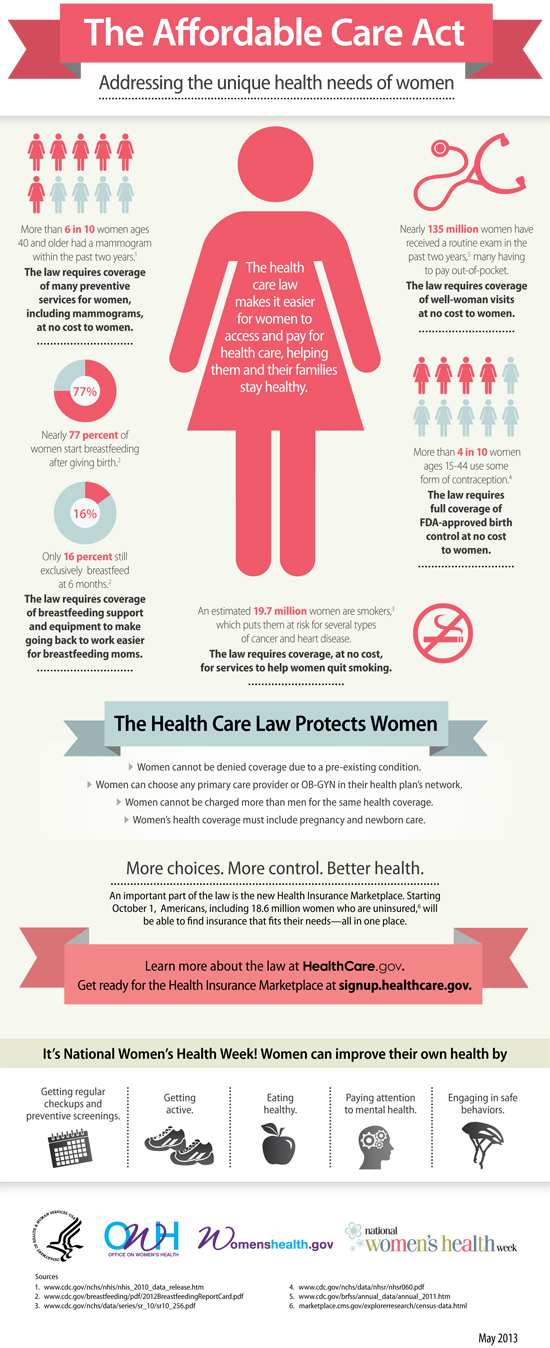Source: Indian Country Today Media Network
The American Indian College Fund announced that the United Health Foundation’s Diverse Scholars Initiative has awarded copy00,000 for scholarships to 18 academically deserving Native students pursuing health or health-related degrees.
The scholarships were announced at the fifth annual Diverse Scholars Forum, which brings more than 60 scholarship recipients to Washington, D.C., July 24-26 to celebrate the scholars and inspire them to work toward strengthening the nation’s health care system. This year’s event gives these future health care professionals the opportunity to meet and interact with members of Congress and leaders from a variety of health care fields.
Five scholarships will be awarded to New Mexico tribal college students attending Navajo Technical College; five scholarships will be awarded to Arizona tribal college students attending Dine College or Tohono O’odham Community College; four scholarships will be awarded to students attending Northern Arizona University, Arizona State University, Grand Canyon University, or the University of Arizona; and four scholarships will be awarded to students attending San Juan College-Farmington, University of New Mexico-Albuquerque, or Western New Mexico University.
According to the American Medical Association and Association of American Medical Colleges, the number of multicultural health professionals is disproportionately low when compared to the overall population. For example, while about 15 percent of the U.S. population is Hispanic/Latino, only 5 percent of physicians and 4 percent of registered nurses are Hispanic/Latino. About 12 percent of the population is African American, yet only 6 percent of physicians and 5 percent of registered nurses are African American.
Given the changing demographics in the United States and the volumes of people entering the health care system due to the Affordable Care Act, there is an even greater need for a more diverse health care workforce.
Research shows that when patients are treated by health professionals who share their language, culture and ethnicity, they are more likely to accept and adopt the medical treatment they receive[1]. Increasing the diversity of health care providers will reduce the shortage of medical professionals in underserved areas, reduce inequities in academic medicine and address variables — such as language barriers — that make it difficult for patients to navigate the health care system.
The scholarships announced today are part of United Health Foundation’s Diverse Scholars Initiative, which has provided nearly $2 million in scholarships this year through partnerships with organizations like the American Indian College Fund. The initiative aims to increase diversity in the health care workforce by supporting promising future health professionals.
“We are grateful for the opportunity to support these exceptional students in their efforts to achieve their educational goals and work to improve our health care system,” said Kate Rubin, president of United Health Foundation. “The Diverse Scholars Initiative helps these scholars fund their education, and gives them an opportunity to learn from one another and interact with experts who are leading the way in improving patient care.”
“The American Indian College Fund is thrilled to continue its partnership with the United Health Foundation. Inequity in health care combined with the highest rates of diabetes, cancer, and other serious diseases have created a vital need for Native health care professionals across Indian Country. These scholarships will help train the next generation of Native healers,” said Dr. Cheryl Crazy Bull, President and CEO of the American Indian College Fund.
For more information about the Diverse Scholars Initiative, visit www.unitedhealthfoundation.org/dsi.html.
About the American Indian College Fund
With its credo “Educating the Mind and Spirit,” The American Indian College Fund is the premier scholarship organization for Native students. Created in 1989 to provide scholarships and support for 34 of the nation’s tribal colleges, the Fund receives top ratings from independent charity evaluators, including the Better Business Bureau’s Wise Giving Alliance, and received its third consecutive four-star rating from Charity Navigator. It provides more than 4,200 Native students with scholarships annually.
About United Health Foundation
Guided by a passion to help people live healthier lives, United Health Foundation provides helpful information to support decisions that lead to better health outcomes and healthier communities. The Foundation also supports activities that expand access to quality health care services for those in challenging circumstances and partners with others to improve the well-being of communities. Since established by UnitedHealth Group [NYSE: UNH] in 1999 as a not-for-profit, private foundation, the Foundation has committed more than $210 million to improve health and health care. For more information, visit www.unitedhealthfoundation.org.
Read more at https://indiancountrytodaymedianetwork.com/2013/07/28/100000-awarded-18-native-students-pursuing-health-degrees-150619







 Matthew Mooney, Jodi Gillette, and Dakota Lorenzo at Chimney Rock (by Harry Burell, Southwest Conservation Corps)
Matthew Mooney, Jodi Gillette, and Dakota Lorenzo at Chimney Rock (by Harry Burell, Southwest Conservation Corps)
 Aaron Lowden welcomes hikers and youth to Chimney Rock (by Harry Burell, Southwest Conservation Corps)
Aaron Lowden welcomes hikers and youth to Chimney Rock (by Harry Burell, Southwest Conservation Corps)



